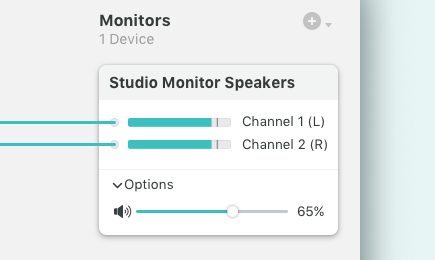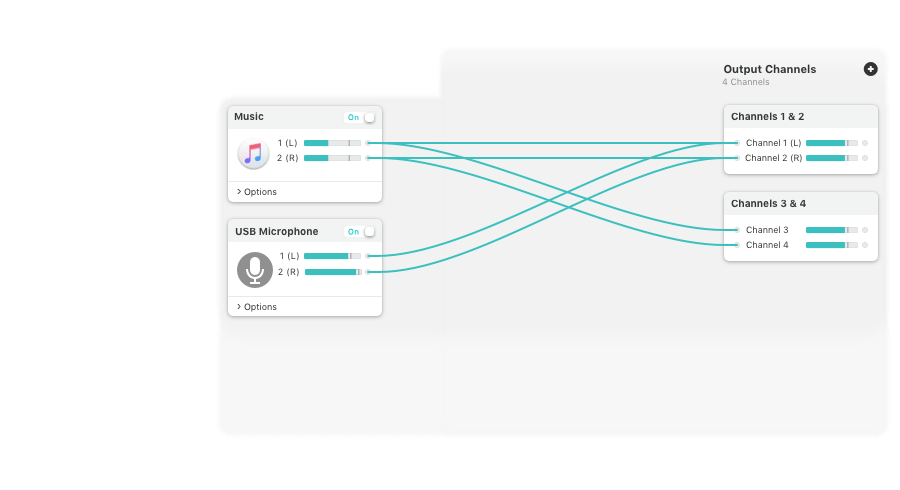Loopback 2 1 3 X 2

I need help about loopback and effects recording by totalmix Actually i use Ableton One example i open three audio track (1,2,3) in ableton where i record a guitar Listening tracks 1,2,3 i see signal on total mix 1/2 channel Then i open another track (di1) and i choose external input 1/2 and output master For track 1,2,3 i choose master output.
Important: If you’re new to LoopBack, use the current release,LoopBack 4.0.
Install LoopBack tools
Install the LoopBack command-line interface (CLI) tool to create and modify LoopBack apps
The Loopback Rx Capture Module enables health systems to maximize their opportunity for specialty medications. Prescription orders written by health system physicians are matched to dispensing pharmacies and 340B data to track capture rates and missed opportunity. The M.2 loopback module in M-key 2242 NGFF form factor allows you to test the signal integrity of the PCIe lanes of your custom M.2 host board designs. The module is composed of a high-frequency printed circuit board (PCB) designed with controlled impedance traces to loopback each of the 4x PCI Express lanes.
To install the LoopBack CLI tool, enter this command:
For more information, see Installation.
Upgrading an existing StrongLoop installation to version 3
For instructions to upgrade existing StrongLoop installation, see Updating to the latest version.
Migrating your app to version 3
Read the Migration Guide for instructions on upgradingto LoopBack 3.0.
The Release Notes provide a comprehensive reference forall the changes between 2.x and 3.x. Toast app mac.
Getting started
- Install LoopBack tools.
- Read LoopBack core concepts to learn about key concepts you need to understand to use LoopBack.
- Follow Getting started with LoopBack for a quick tutorial introduction.
Check out the LoopBack Developer Forum to ask questions and discuss how you are using LoopBack.
Note:IBM API Connect is an end-to-end API management solution that uses LoopBack to create APIs, and provides integrated build and deployment tools. For more information, see Installing IBM API Connect.
If you are an IBM customer, for technical support see the IBM Support Portal.

The LoopBack framework
The LoopBack framework is a set of Node.js modules that you can use independently or together to quickly build REST APIs.
1password 7 3 1 cr2 drive. A LoopBack application interacts with data sources through the LoopBack model API, available locally within Node.js, remotely over REST, and via native client APIs foriOS, Android, and HTML5. Using these APIs, apps can query databases,store data, upload files, send emails, create push notifications, register users, and perform other actions provided by data sources and services.
Clients can call LoopBack APIs directly using Strong Remoting, a pluggable transport layer that enables you to provide backend APIs over REST, WebSockets, and other transports.
The following diagram illustrates key LoopBack modules, how they are related, and their dependencies.
Description
The M.2 loopback module in M-key 2242 NGFF form factor allows you to test the signal integrity of the PCIe lanes of your custom M.2 host board designs. The module is composed of a high-frequency printed circuit board (PCB) designed with controlled impedance traces to loopback each of the 4x PCI Express lanes. The module supports up to PCIe Gen3 (8GHz) and does not have any electronic components.
- Form factor: 2242 NGFF M-key (22mm x 42mm)
- Plugs into M.2 NGFF M-key connectors (normally used for PCIe SSDs)
- Loopback on each of the 4x PCIe lanes PCIe
- Supports PCIe Gen1-3 (2.5GHz to 8GHz)
- Test pads for verification of the 3.3V power input
- No electronic components (bare PCB)
Frequently asked questions
What M.2 NGFF connector will this plug into?

It will plug into any standard M.2 NGFF M-key connector. For an example, please take a look at this connector from TE: 1-2199230-6
Tuneskit audio converter 3 3 0 536. What are the electrical requirements of this module?
The M.2 loopback module is completely passive and simply provides loopback connections on each of the 4x PCIe lanes of the M.2 interface. The module does not make use of the 100MHz clock (REFCLK_P/N) that is supplied to M.2 modules, so it does not require that this clock be running. The module does not connect to any of the other signals on the M.2 interface such as PEDET, PERST#, WAKE#, SUSCLK, CLKREQ# etc. The module does connect to some of the 3.3V power input pins to allow verification of this power supply using electrical probes.
Does the loopback module have AC coupling?
Loopback 2
No, the module does not have any AC coupling capacitors or any electronic components, it is completely passive. For this loopback module, no AC coupling is necessary on the PCIe lanes because the PCIe M.2 NGFF Electromechanical Specification requires that there be AC coupling capacitors on the PCIe transmit lines of the host device. If you are using this loopback module to test your own custom host PCB, and your host board does not have AC coupling capacitors on the PCIe transmit lines, it is critical that you add the capacitors to the design or you may risk damaging your receiver interface.

Loopback 2 1 3 X 2
UNDER MAINTENANCE